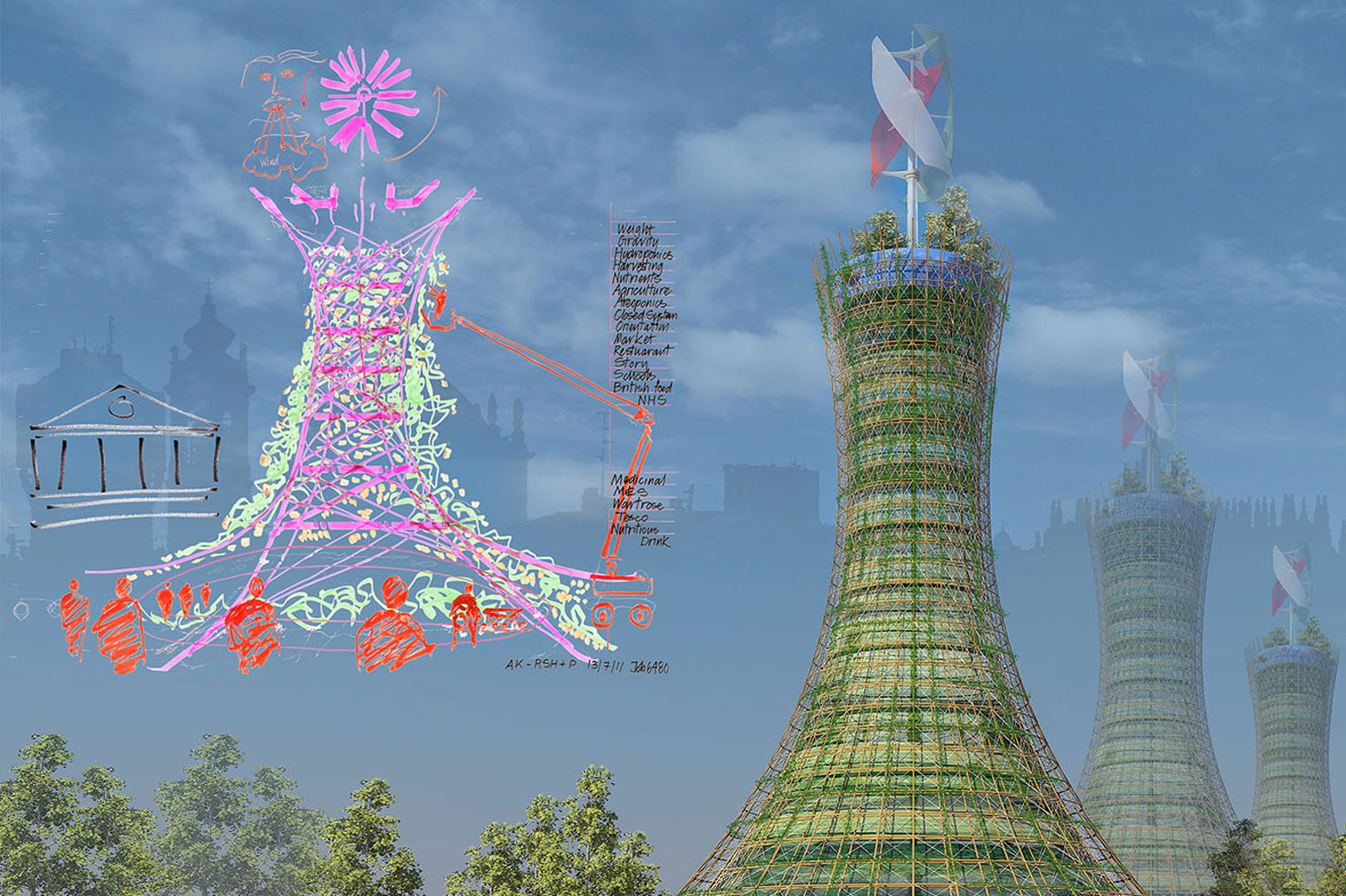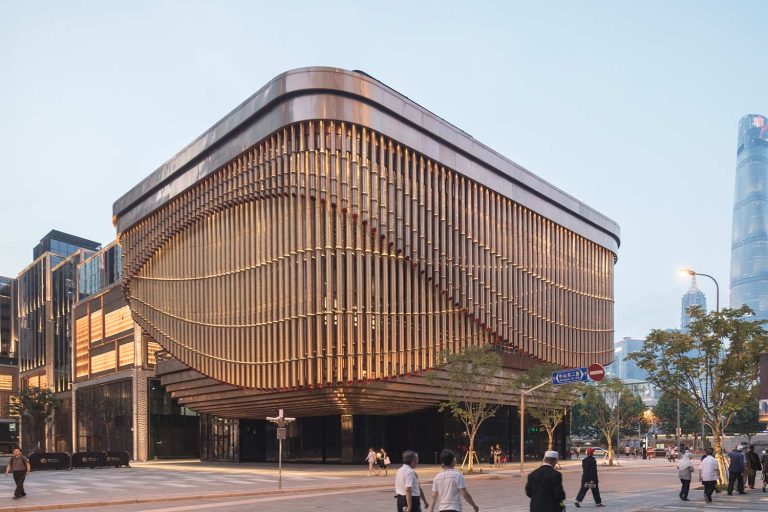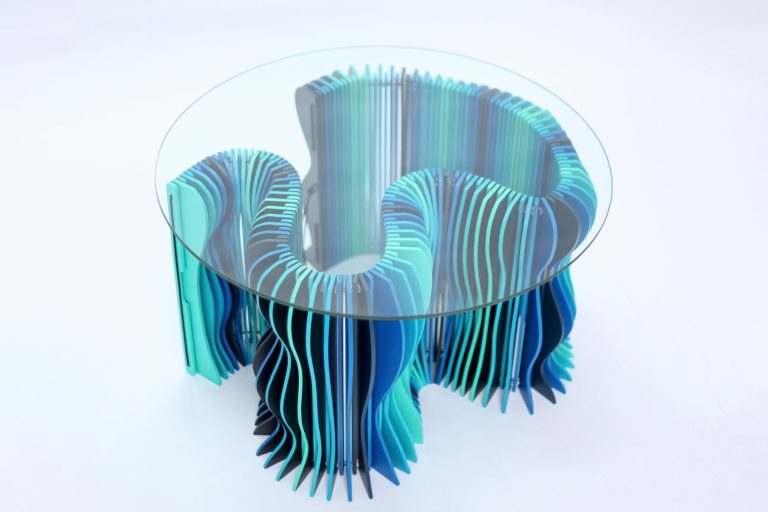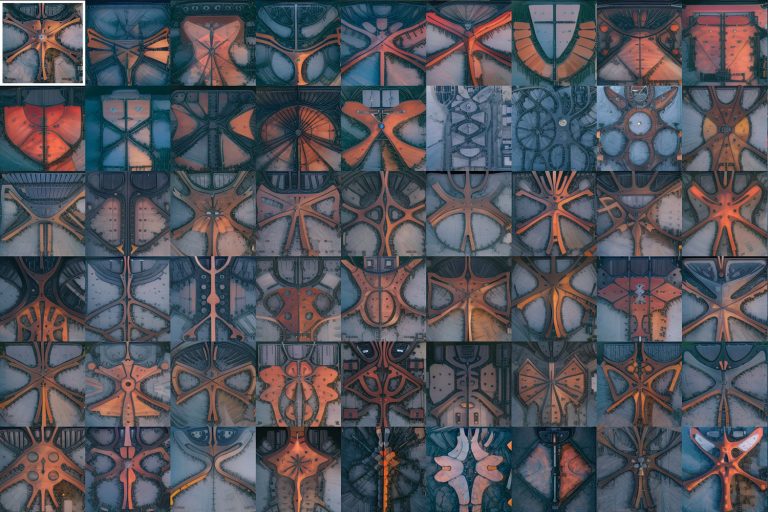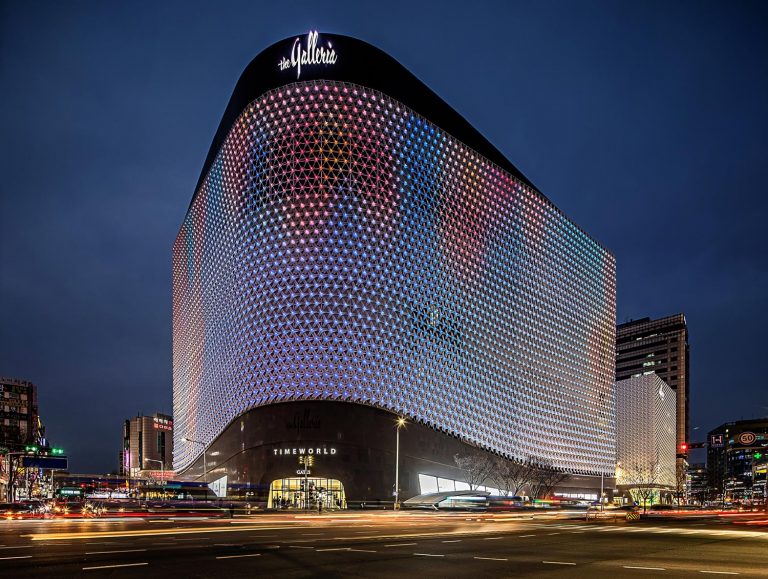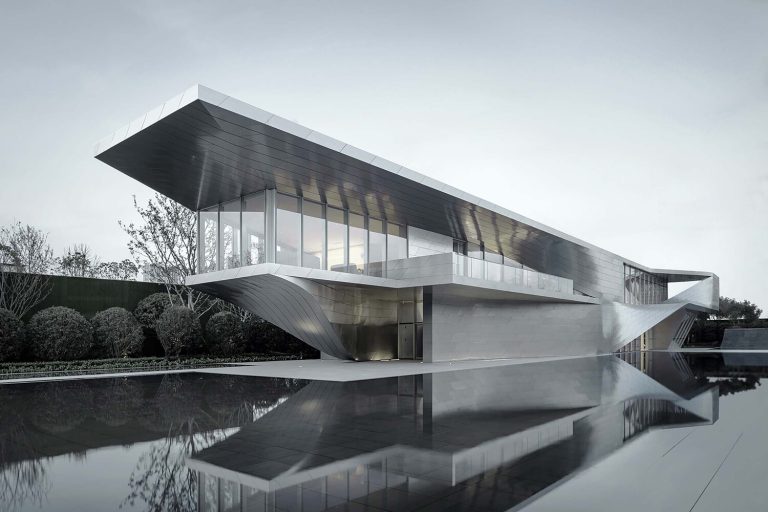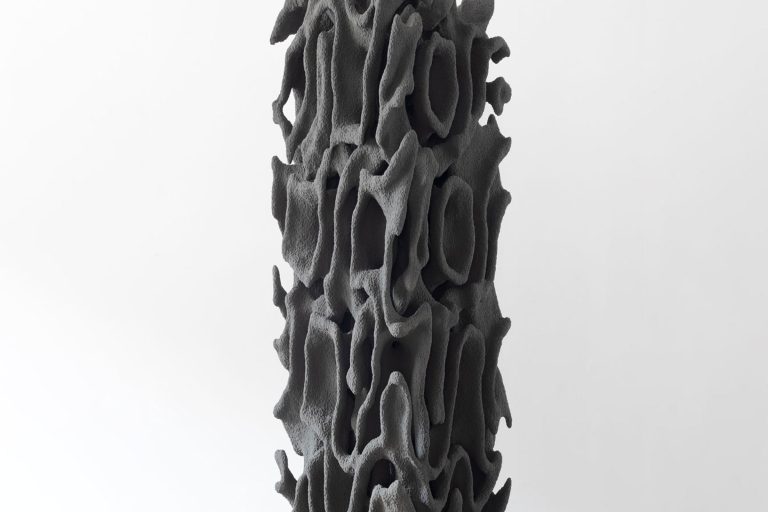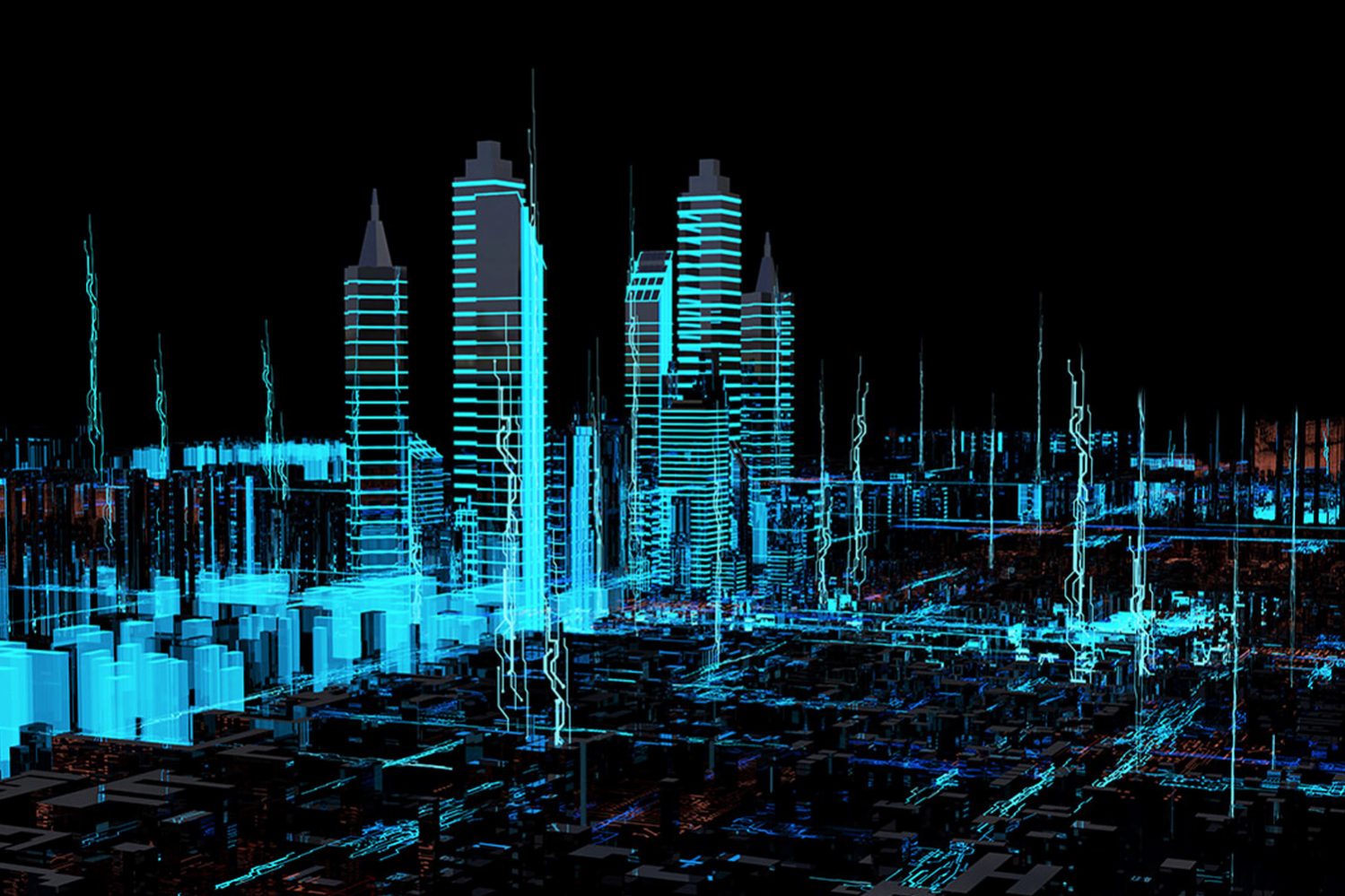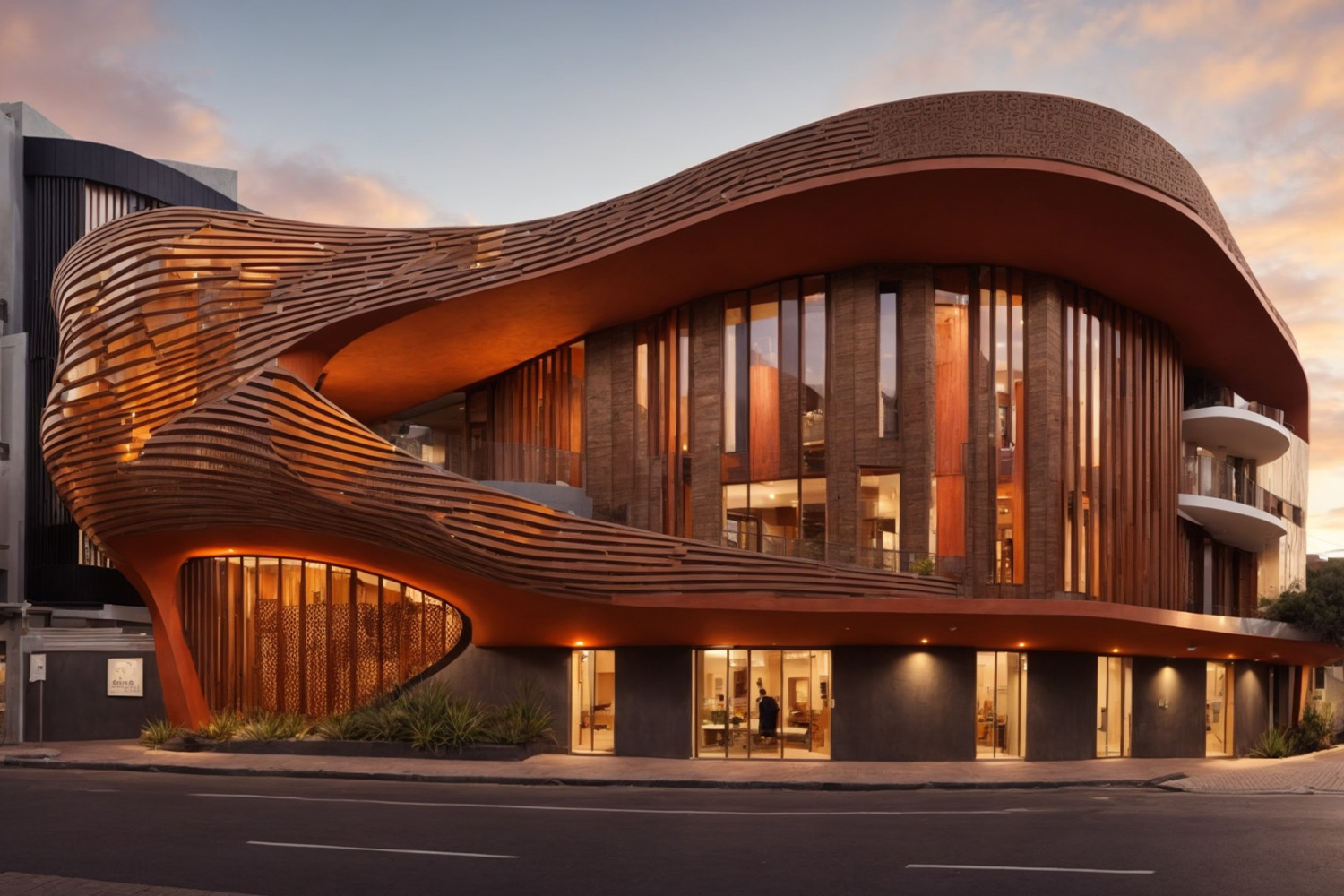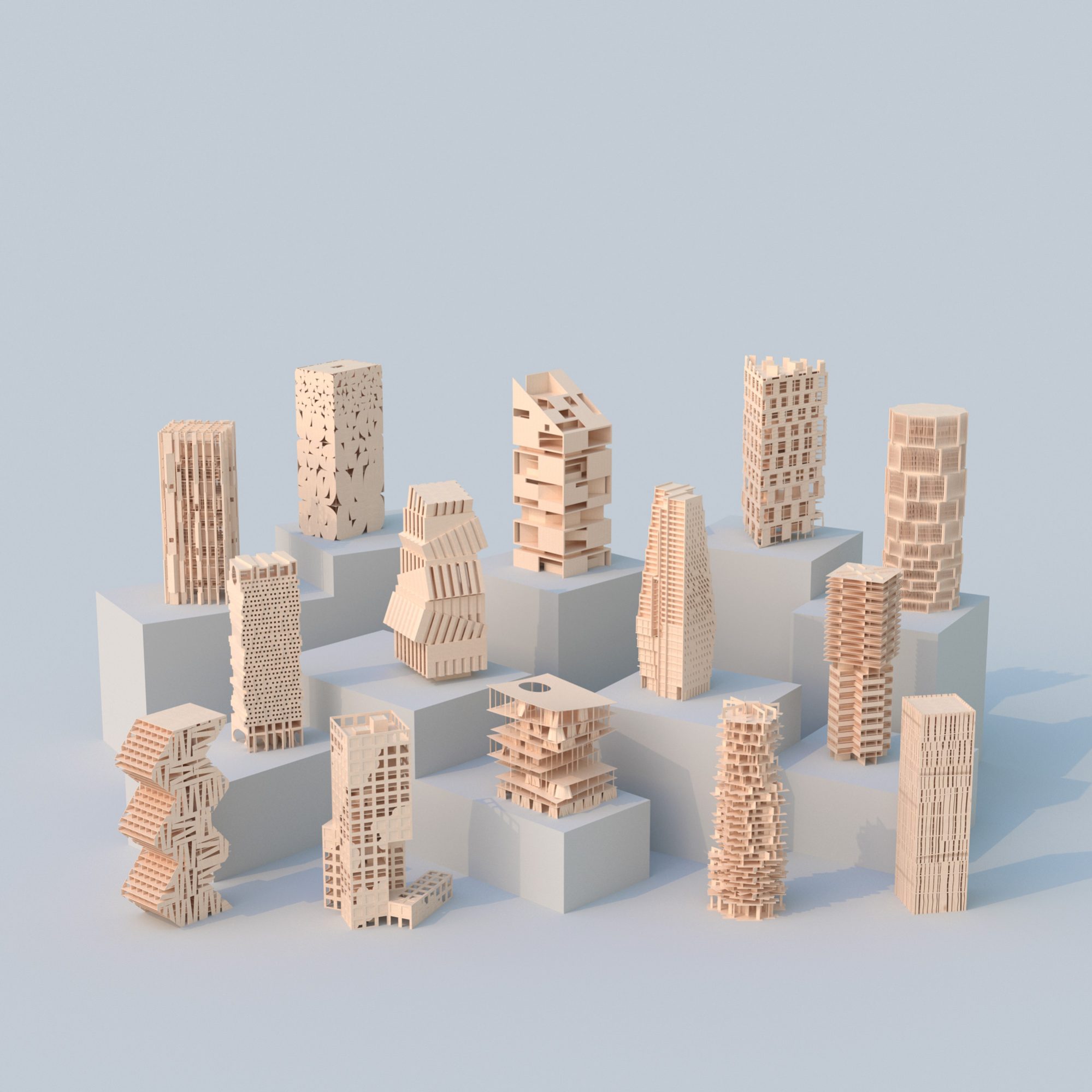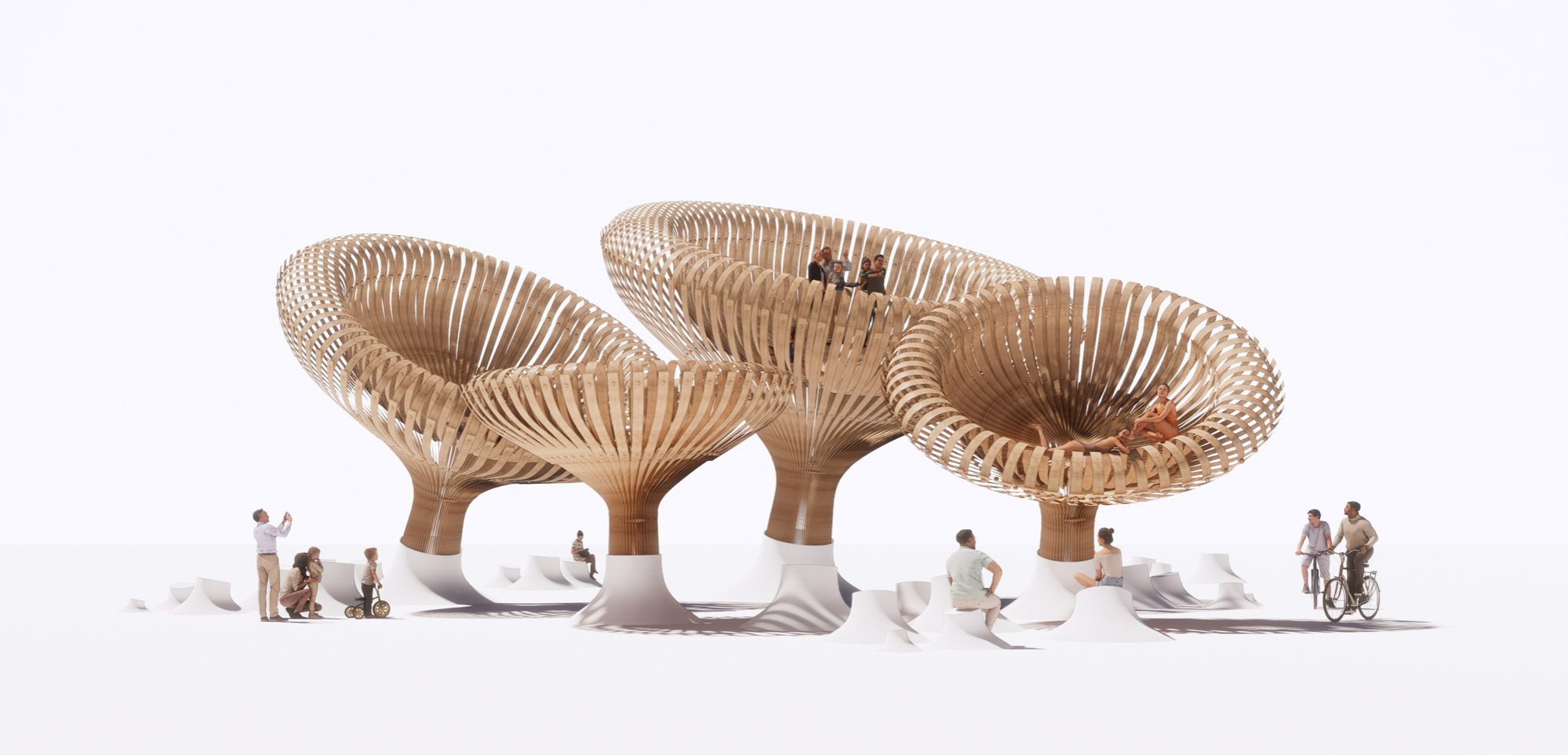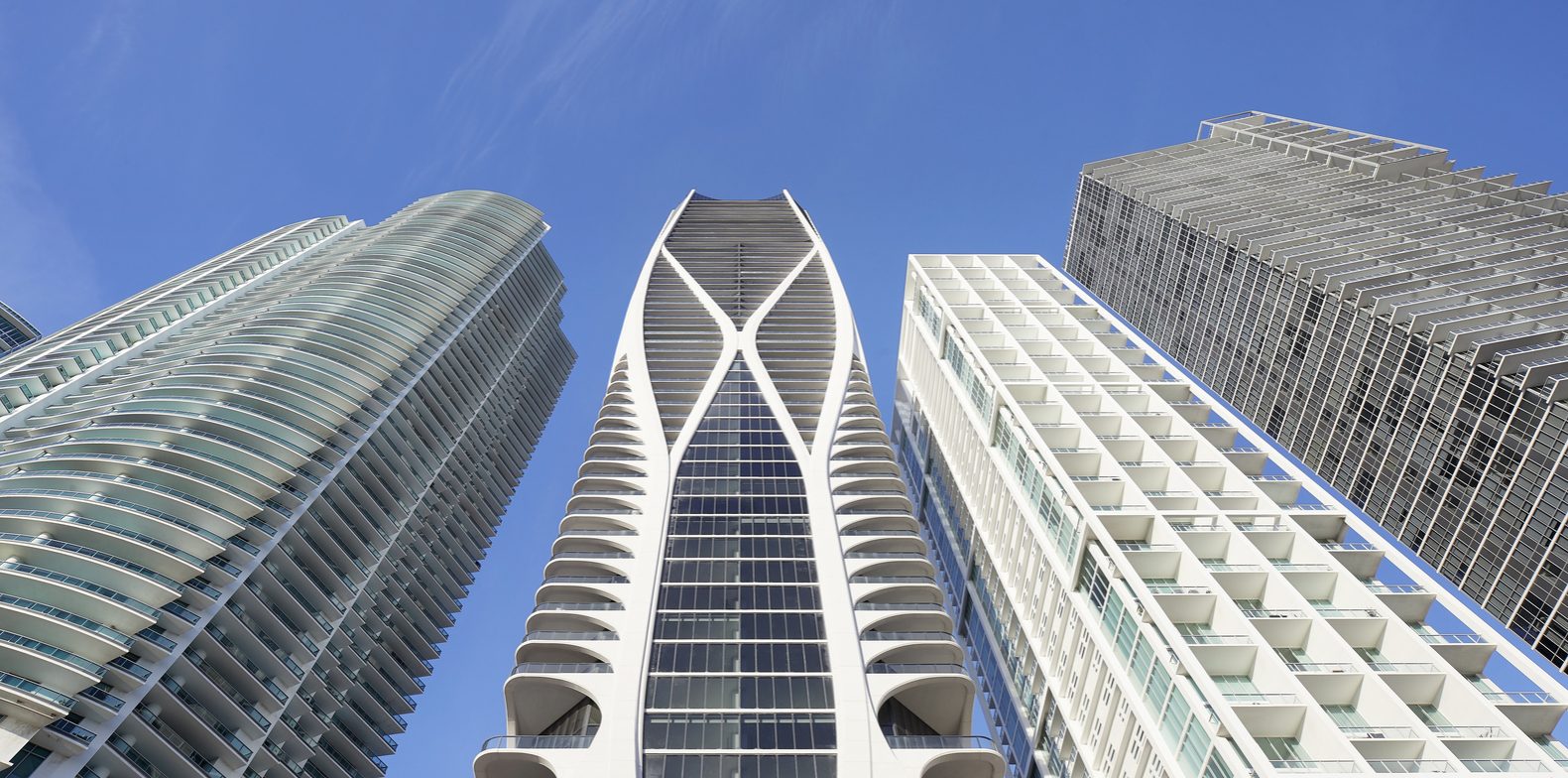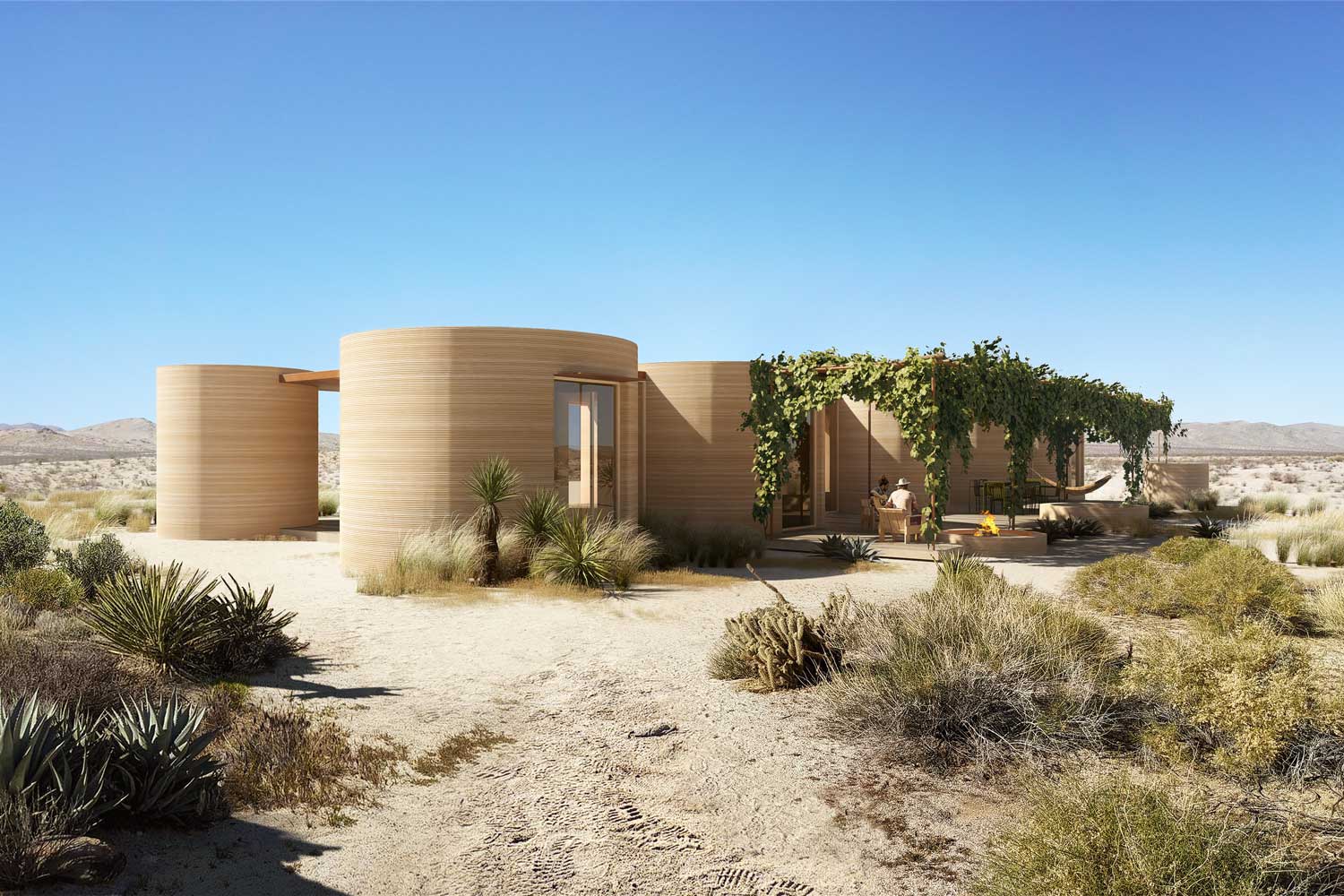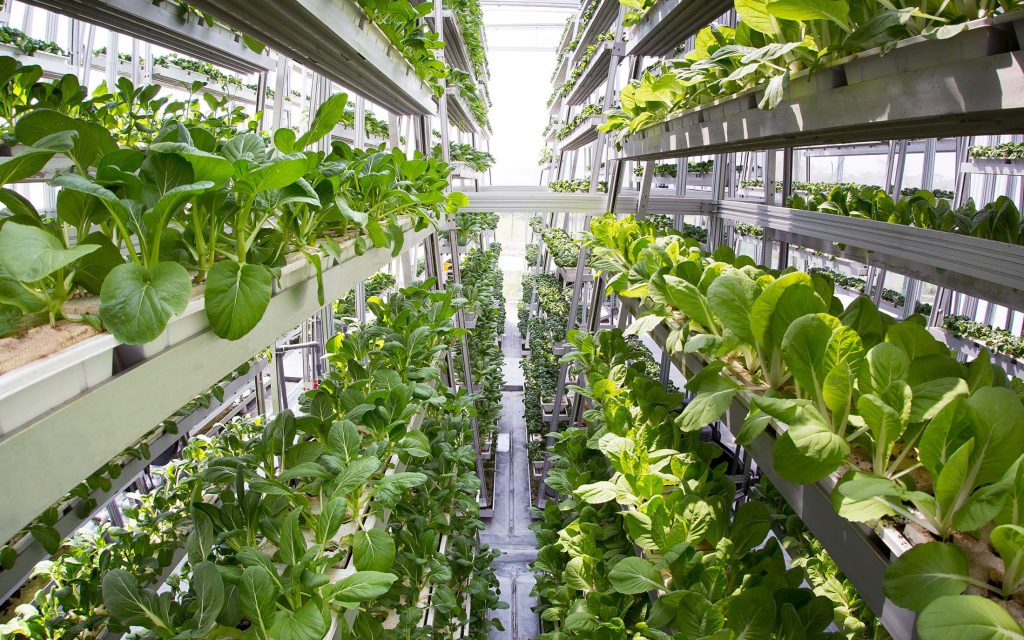
Global warming and increasing population negatively affect our basic needs for food and agriculture. Food insecurity, logistics, and various economic reasons also play an important role in the expansion of urban farms. Considering the area covered by traditional farming methods, it is quite impossible to include it in the urban area. Moreover, more importantly, the climate change we are facing has made a large proportion of the land unproductive. Thus, vertical farming, which emerged as a result of the search for alternative farming methods at this point where the sustainability of traditional agricultural soil is in danger, is still developing to reach optimum operation.
Vertical farming systems enable agriculture to be implemented in cities, allowing more compact production to increase both food safety and accessibility. It makes soilless agriculture possible with different technological systems developed. These stacked systems are adaptable indoors and outdoors, from green towers to greenhouses.
Vertical farms are beneficial systems for urban areas. Although efforts have been made to optimize them for some time, their examples are still not very common in building scale. But it is becoming common in greenhouse scales on small scale, indoors, in various market and commercial areas, and in neighborhoods. Many architects are working on deeply detailed projects on vertical farming, and although the number of applied ones is low, it is possible to reach many vertical farming structures designed with all their details. It is also possible to encounter the concept of “Agritecture” for this approach that considers agriculture and architecture together.
Soilless farming; hydroponics, aquaponics, and aeroponics
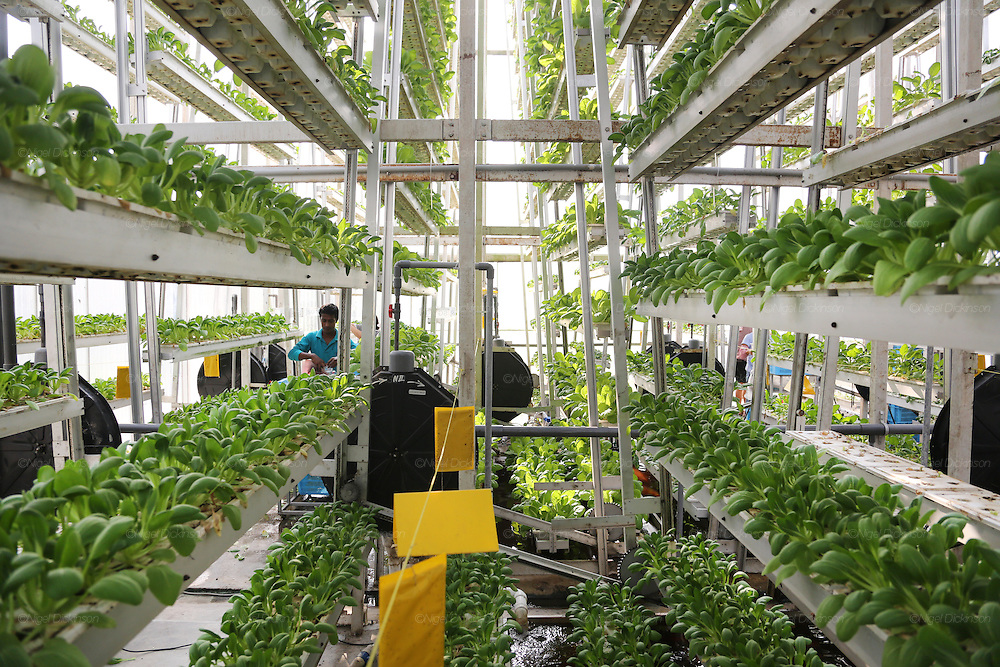
Vertical farming is a technological greenhouse system that creates a suitable habitat for each desired plant, aiming to increase productivity while using less water and soil. In this closed system, optimum nutrients and rays are provided for each plant, eliminating the need for toxic herbicides and pesticides and ensuring reliable food production.
The hydroponic system involves growing plants without soil and using nutrient-rich water instead. Even though water is essential for this system, it requires less water than traditional farming methods, making it more sustainable and cost-effective. Additionally, the use of LED lighting allows farmers to grow crops year-round in any climate, providing a consistent source of fresh produce for consumers.
Generally, the plants are placed in a growing medium. The process begins with an air pump that oxygenates the water-nutrient-rich solution. First, water is sent through a pump to the highest row of plants and then the natural force of gravity enables its flow to the subsequent rows. After the water is released, it runs through the soil and contacts plant roots. These roots absorb the vital nutrients from the water, helping to nourish the plants for healthy growth. The used water then goes back to the tank for reuse.
The general operation works similarly in all three systems. The nutrition of the water used in aquaponics is obtained from a pond with fish, while the nutrients in the reused water are fortifying the fish, and mutual benefit is provided. The difference between aeroponics and hydroponics is; In hydroponics, water reaches the roots as it flows, while in aeroponics, water is sprayed directly onto the roots.
All three systems are widely used on various farms. While operating as a soilless and water-dependent system, it provides benefits in resource consumption compared to traditional agriculture.
Agritecture: agriculture+architecture
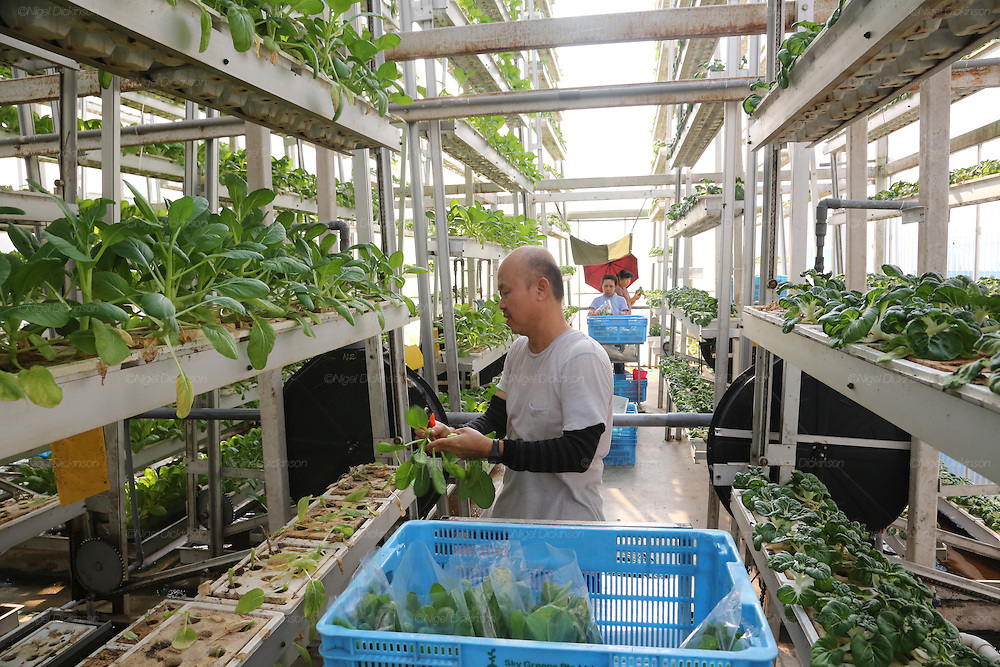
We do not often encounter vertical farming practices on an architectural scale yet. These farms, which were generally created on a greenhouse scale, began to enter many areas, including houses. However, there are inspiring architectural projects that have been constructed or are yet to be constructed in this regard. It is possible to see how these vertical farms, which are aimed to become widespread in cities, will look and how they can be included in human life in these projects.
La Cité Maraîchère in Romainville by ilimelgo
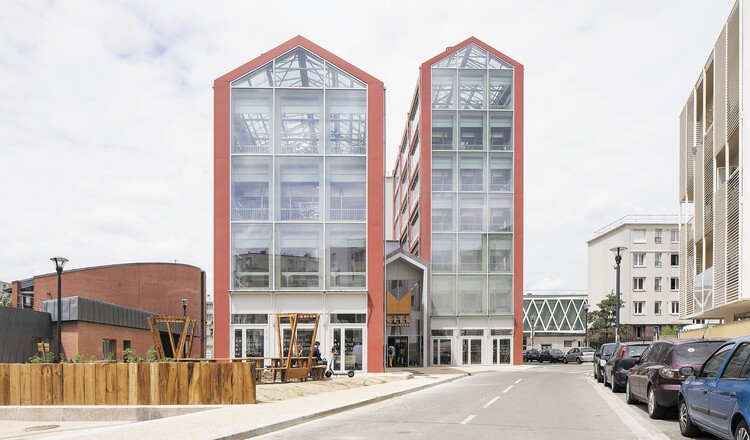
The Cité Maraîchère is a municipal facility for urban agriculture and sustainable food, as well as a hub for agricultural, social, architectural, and technological innovation. The building aims to be a link between traditional and modern market-gardening practices in a revitalizing neighborhood. Facing climate change and food challenges led the firm to create an urban farm.
Some parts of the ground floor of the building are reserved for social areas and the market, while the other floors are designed for vertical farming. The façade and technical details of the building are designed to benefit vertical farming in the space that aims to produce accessible and healthy food. In the building, where maximum daylight and optimum ventilation are considered, it is aimed to make farming convenient with kinetic details.
Jian Mu Tower by Carlo Ratti Associati
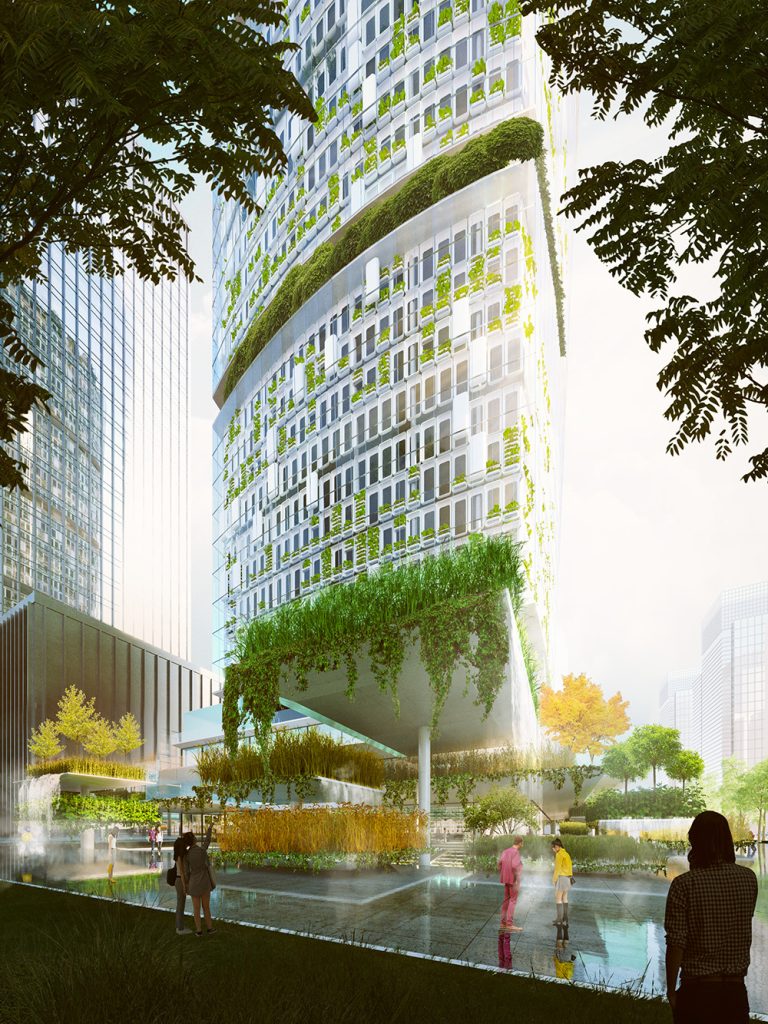
Wumart, a Chinese supermarket chain, held an international contest to determine the architectural design of the last vacant lot in Shenzhen’s Central Business District; this project was known as the Jian Mu Tower. The 218-meter tall building, designed by CRA-Carlo Ratti Associati in the competition, merged architecture with urban agriculture. It included a large hydroponic farm across its entire facade, capable of producing vegetation to feed up to 40,000 people annually.
Jian Mu Tower, also referred to as Farmscraper, aims to show that it is possible and essential to integrate vertical farming with large-scale buildings into the city. The project was developed with the consultancy of ZERO company working on innovative urban agriculture. The AI-supported virtual agronomist system proposed by the company is a system that monitors everything necessary for plants during the day, watering and aerating, and keeping track of nutrient ratios. The vertical farming elements with the kinetic system used on the façade can be adjusted automatically according to the sun demand in the interior and the amount of sun needed by the plant.
Sunqiao Urban Agricultural District by Sasaki
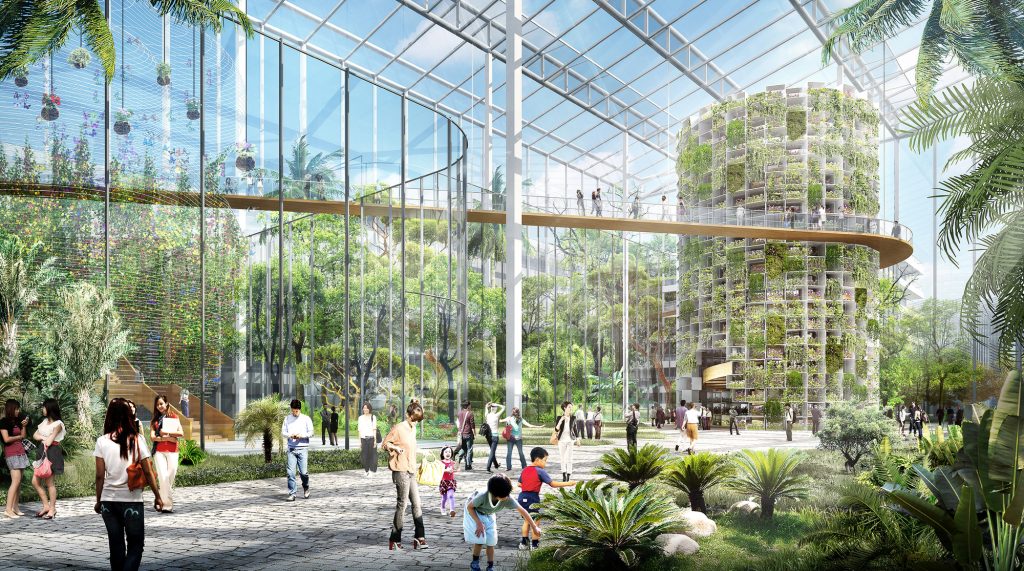
Facing the fact that China has lost more than 123,000 square kilometers of agricultural land through urbanization in the past two decades, Sasaki designed the area together with the urban agriculture and development area in its project. The project, which uses different technological vertical farming systems against the area covered by traditional agriculture and the energy it consumes, also works as a laboratory for the development of these systems.
Sunqiao aims to be an agricultural area by combining different vertical farming systems. At the same time, while meeting the needs of local food, it also cares about areas that will enable young people to receive education and contribute to this issue. As cities continue to expand, it has made it its mission to soften the sharp distinction between urban and rural.
Skyfarm by Rogers Stirk Harbour + Partners
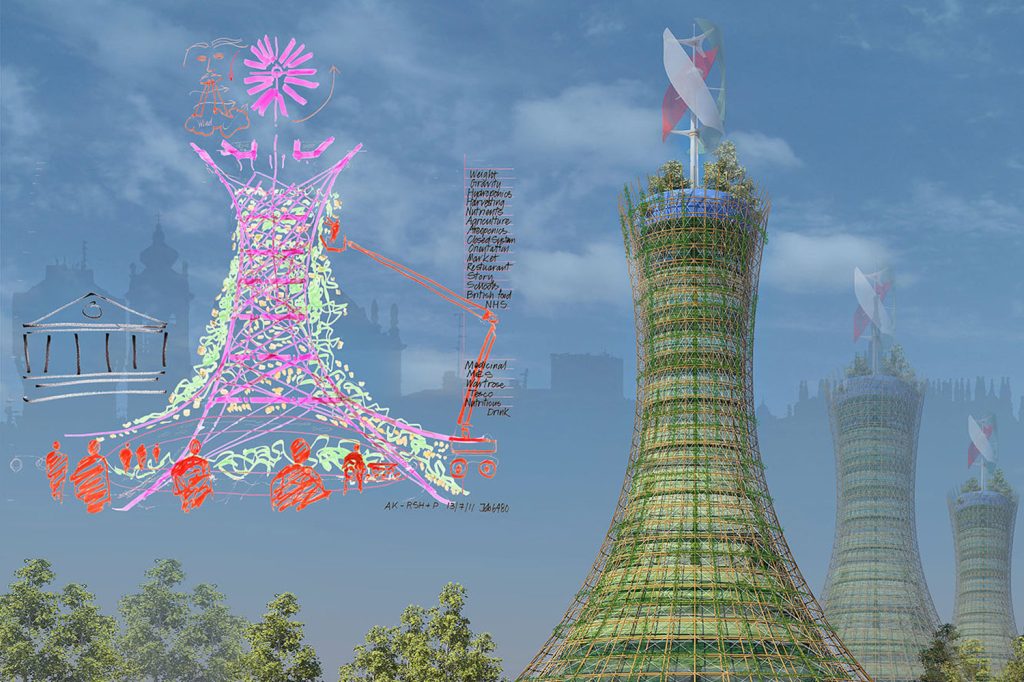
The Skyfarm was a research project for the Milan Expo 2015 under the concept of ‘feed the world’. Skyfarm is an alternative to conventional land-intensive farming systems. A vertical farm is a multi-story structure that grows foods in densely populated urban areas or where there is insufficient land or poor soil quality. It was aimed to get maximum sunlight in the circular designed structure with a light bamboo structure.
Vertical farms in the project include hydroponic, aquaponic, and aeroponic varieties. The ground floor has a social area for visiting and a marketplace. Above that, there are water tanks and fish arranged for aquaponic production. In this system, the water with the fish is used in the hydroponic system on the upper floor, while the water comes back to the tank with the fish for reuse. At the top is the aeroponic production system, which operates in mist with minimum water use. The floor layout has been made to use water efficiently.



